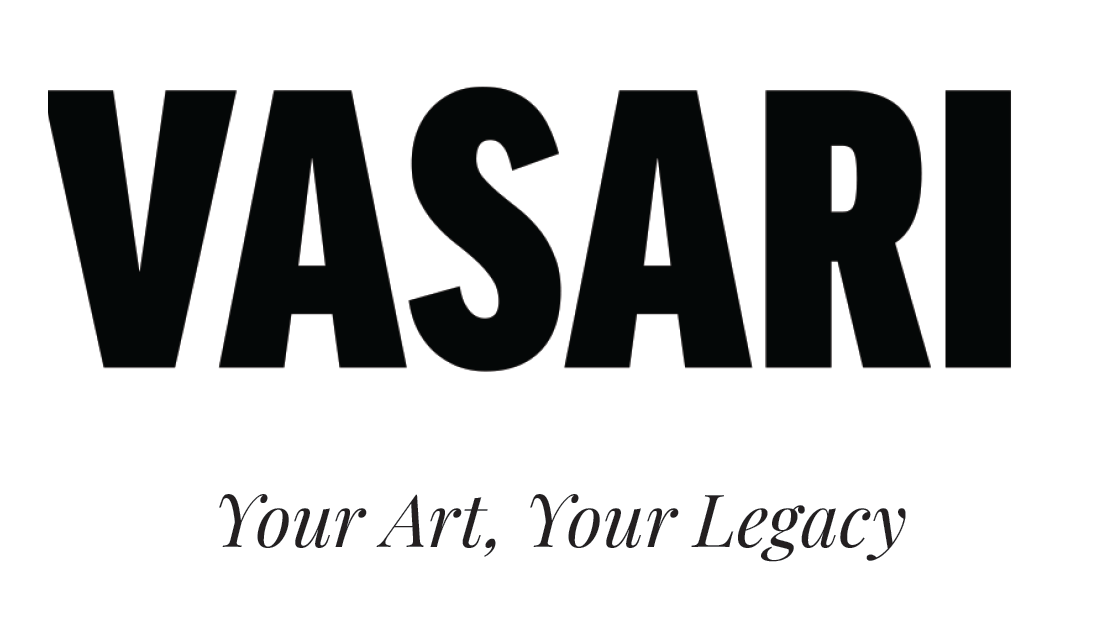Why Documentation and Archiving Are Essential for Contemporary Artists
In a time when artworks often exist not only in space but in time, documentation and archiving have become vital components of contemporary artistic practice. Whether the work is performative, digital, installation-based, or conceptual, it is often the documentation that remains as the lasting trace of the piece.
The Ephemeral Nature of Art — and the Need for Documentation
Contemporary art is increasingly characterized by its temporality — performances, sound works, site-specific installations, and digital expressions often exist only briefly or in specific contexts. Without documentation, these works risk disappearing without a trace. This doesn't just affect the artist’s legacy; it impacts how we understand and write the history of art itself.
As platforms like Vasari.org demonstrate, it is within archives that future generations will look for context, insight, and inspiration.
The Archive as Part of the Artwork
Many contemporary artists see documentation not as an afterthought, but as an extension of the work itself. The way a piece is documented — what is photographed, how it's described, in what context it is stored — actively shapes how it is understood over time. It gives the artist an opportunity to reflect on their own work and to control its narrative in the long term.
Visibility and Professionalism
Solid documentation is also a prerequisite for participating in exhibitions, applying for grants, or gaining media exposure. It’s not just about visibility — it’s about professionalism. A well-organized archive and high-quality images and texts make it easier to communicate your practice to curators, critics, and collectors.
The Role of Technology
Digital platforms like Vasari.org allow artists to build their own digital archives and present their work in a broader context. This provides greater control and accessibility — ensuring that artworks don't get lost in the noise, but instead live on in a professional and historical framework.
A Note to Artists:
Think of documentation and archiving as integral parts of your creative process — not something that happens afterward, but as a way of deepening your practice and preserving it for the future. Art lives in the moment, but it survives through the archive.
This post was published

Welcome to Vasari
Vasari is an essential resource for artists seeking to masterfully curate and safeguard their oeuvre. Designed for those who value both artistic integrity and archival excellence, Vasari enables effortless documentation, facilitating the creation of elegant digital catalogs that present artworks to discerning collectors and institutions worldwide.
With secure, lifetime registration, Vasari ensures that each piece remains authenticated and traceable, reinforcing its provenance and enduring significance. The platform fosters seamless collaboration with esteemed galleries, enriching the documentation process and contributing to a meticulously maintained catalogue raisonné.
Through intuitive workflows and impeccable authentication, Vasari empowers artists to enshrine their artistic legacy, ensuring its place within the annals of art history for generations to come.
This post was published

